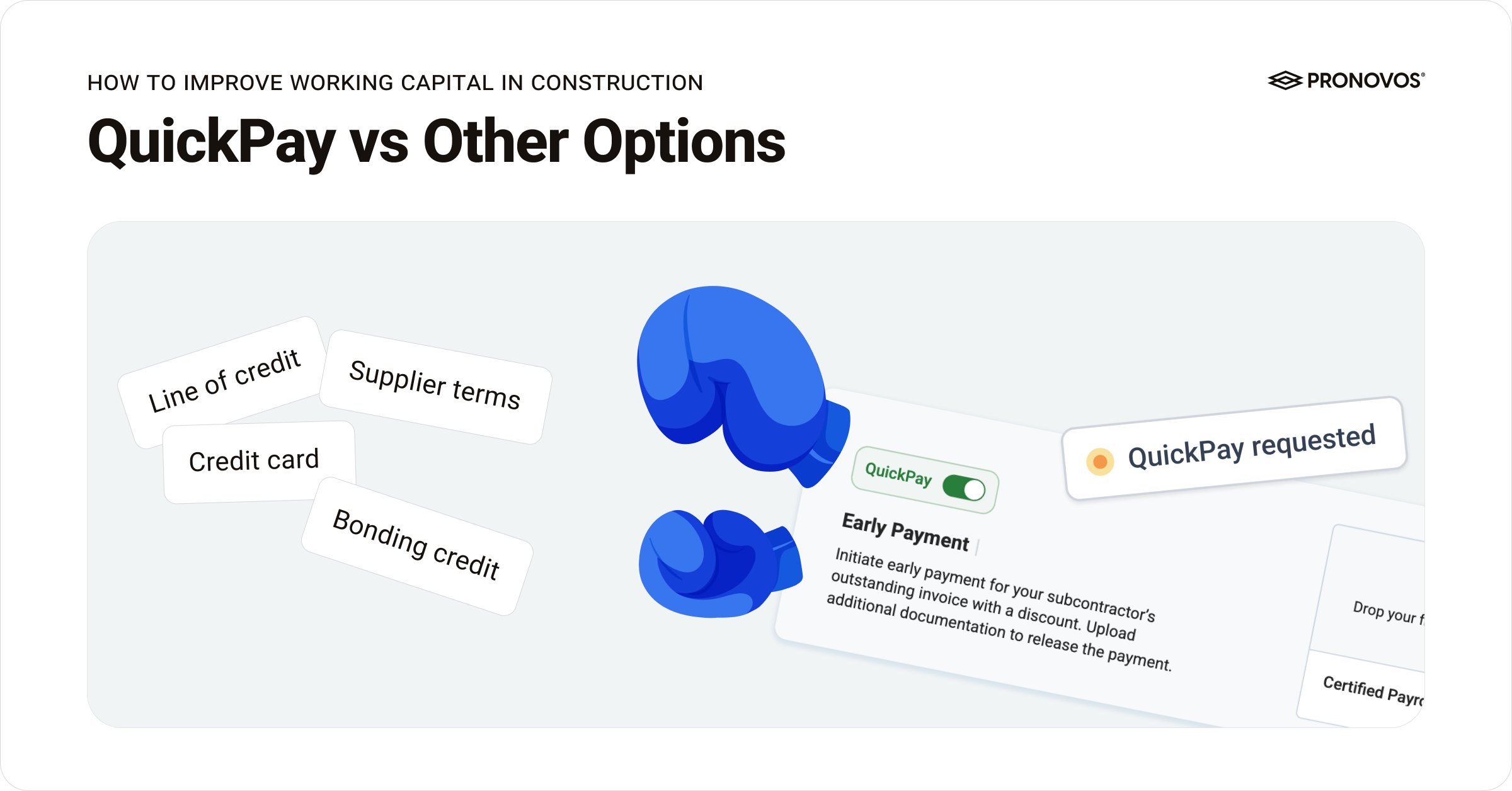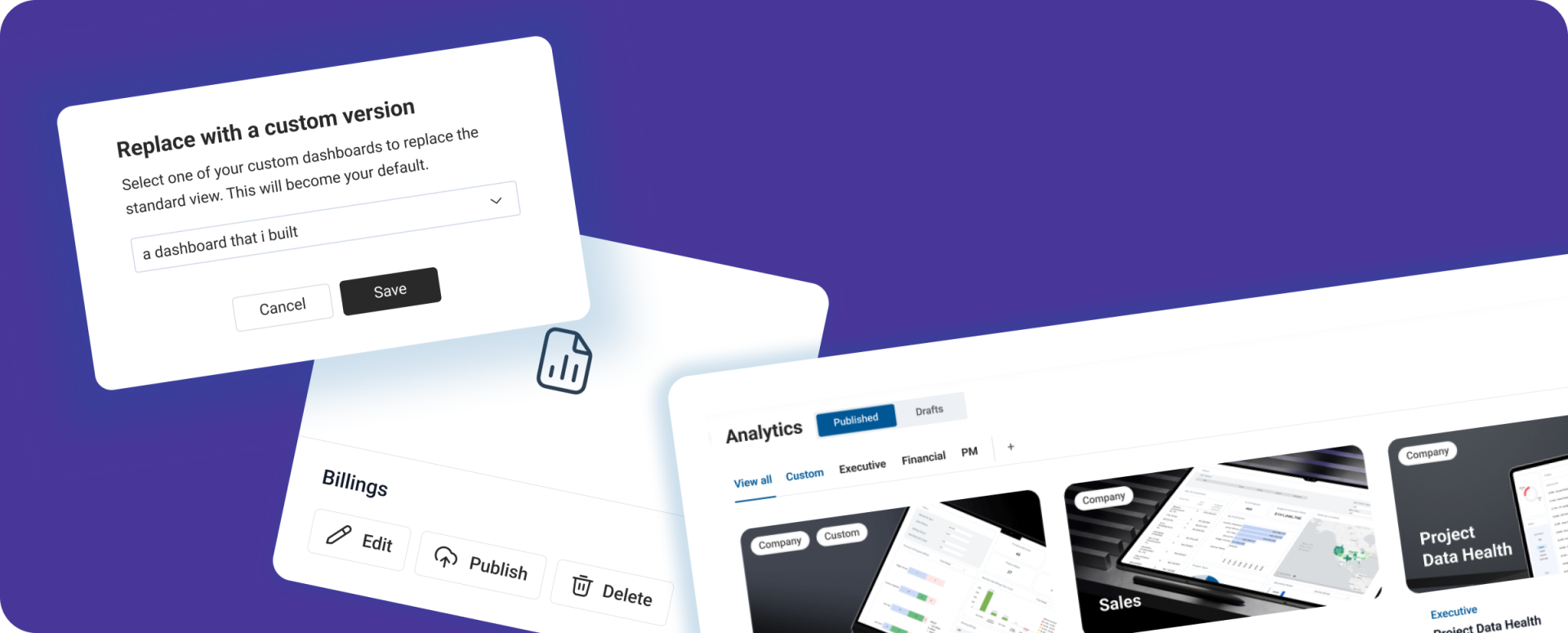Cash flow keeps construction projects moving, but working capital keeps the business alive. It covers payroll, materials, and mobilization long before the first draw hits your account. Yet many contractors still rely on a single form of financing, often a line of credit, leaving them vulnerable when payments slow or borrowing limits tighten.
Improving working capital in construction requires a strategic approach to cash flow. Diversifying how you access and use cash helps your business stay liquid, stable, and ready for growth.
In this blog, we compare tools like QuickPay, lines of credit, and supplier terms to help construction companies find the right balance of liquidity, flexibility, and cost.


 John O’Bryan
John O’Bryan

